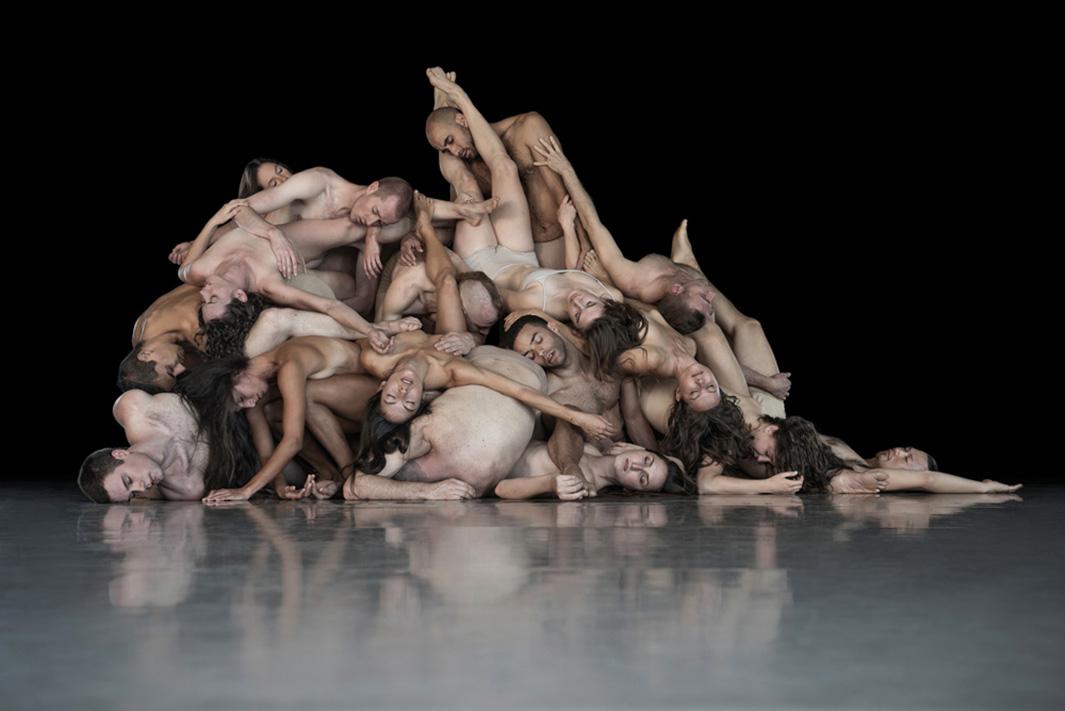Even after working on two series about dancers, Israeli photographer Nir Arieli insists he still cannot speak their language.
“I look at them sort of like aliens, and what they’re doing is beyond what I understand,” he told me during a talk at the Daniel Cooney Gallery, where his work is on display through June 4. “This is why I find it so fascinating.”
Arieli’s recent work, “Flocks” is a two-year study about the relationships dancers have with themselves and within their companies. In Hebrew, the word flock means both a group of animals and a dance company; the translation speaks to the closeness with the companies Arieli is trying to show.
“I wanted to create a body of work that was speaking about what happens after the movement is over or when the movement is drained from the body,” he said. “You get an intimate moment about this special group of people who spend so much time together and so much intimate time together. They’re very physical with each other … there are very interesting relationships formed with these people, and I hope this project is speaking about that in a visual way.”

Nir Arieli

Nir Arieli

Nir Arieli
The series began when Arieli was approached to create a poster for the Batsheva Dance Company. He asked if there was a budget (there wasn’t), so in return, he requested they work within the parameters he would set. Thrilled with the results, Arielli showed the work to 19 more companies around the world for two years, asking them to participate with their own unique take on the formations.
Arieli said once he saw the results from Batsheva, he established three guidelines he asked the companies to follow: there would be no blank spaces between the bodies, they had to let go of their bodies, and they had to intertwine their bodies.
All of the images were created within one hour and all were done in the company dance studios using only natural light that creates a desaturated, natural look. Arieli’s previous body of work on dancers, “Tension” used photo manipulation to create almost psychedelic images of how dancers move (there is no photo manipulation in “Flocks”); both series seek to go beyond typical dance photography.
“In every project I do about dance, I try to bring to my viewers something they haven’t seen before,” he said. “I don’t want to show the viewer something they can see in the dance show; recreating that moment isn’t something I want to try to do. This is what’s special about dance.”
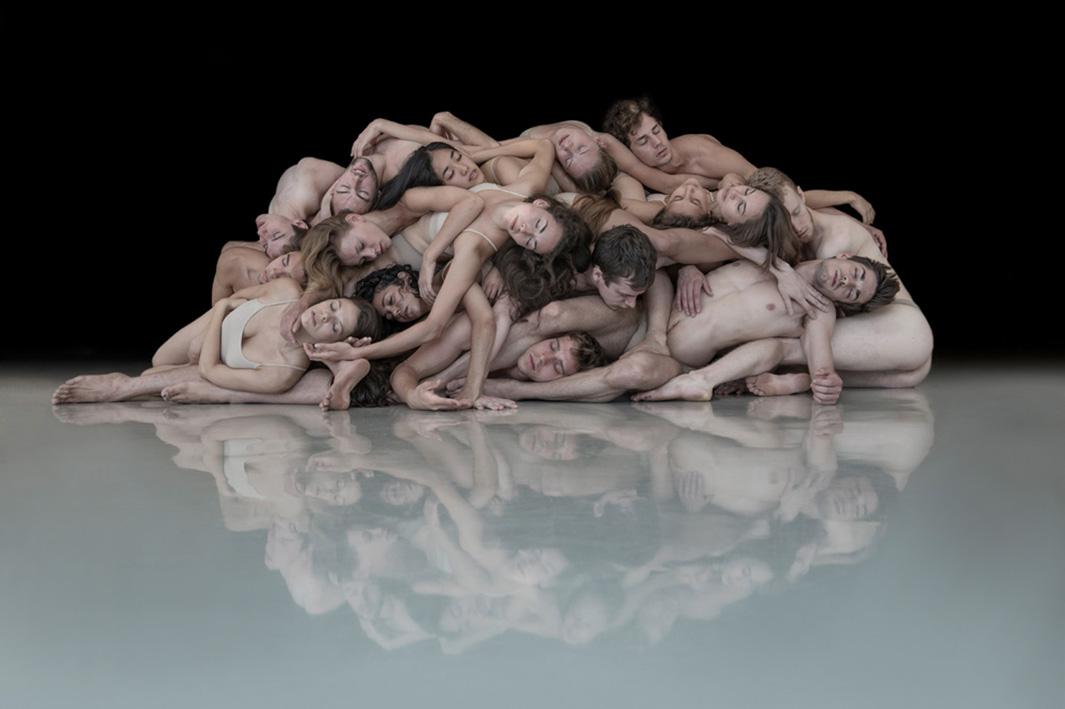
Nir Arieli
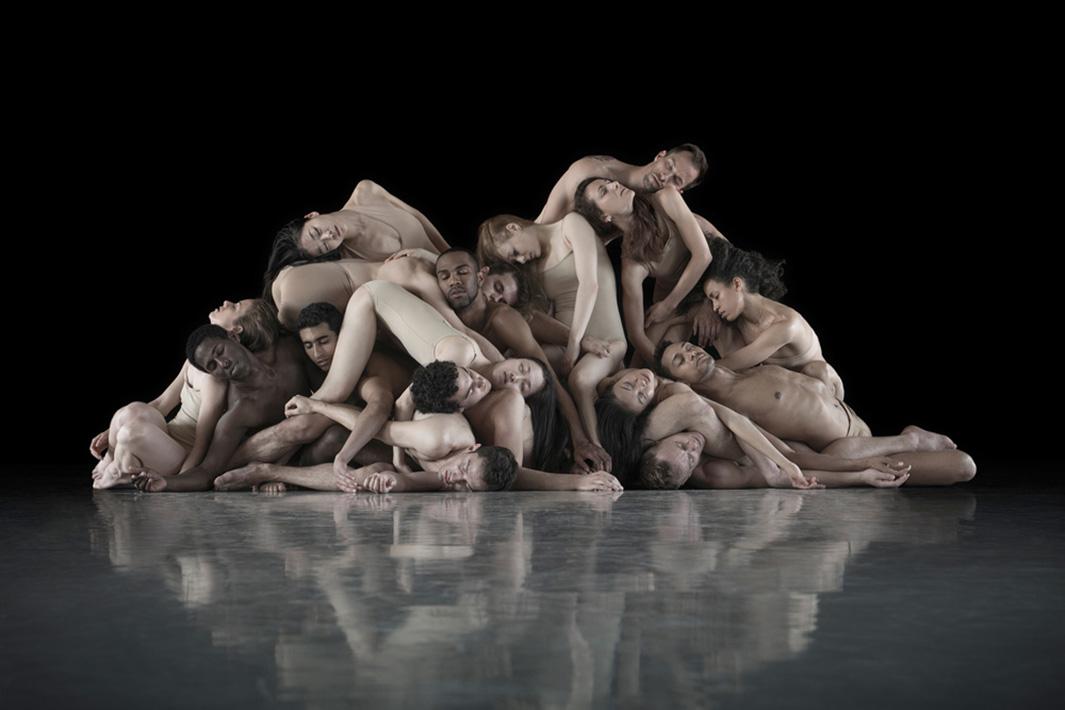
Nir Arieli
Even after working for years with dancers, Arieli still cannot dance.
“I don’t dance at all, not even at a party,” he said. “It’s really tragic actually. I used to be bummed about that because my friends would go to parties and have the time of their life. … It’s a really significant part of my work [that] this thing called dance feels so unreachable to me, sort of like a superpower; I look at these people, and they can do these incredible things, and I just admire … it’s interesting, as the years pass and I do more projects like that I’m still not a dancer at all, but I’m slowly becoming a choreographer in a sense.”
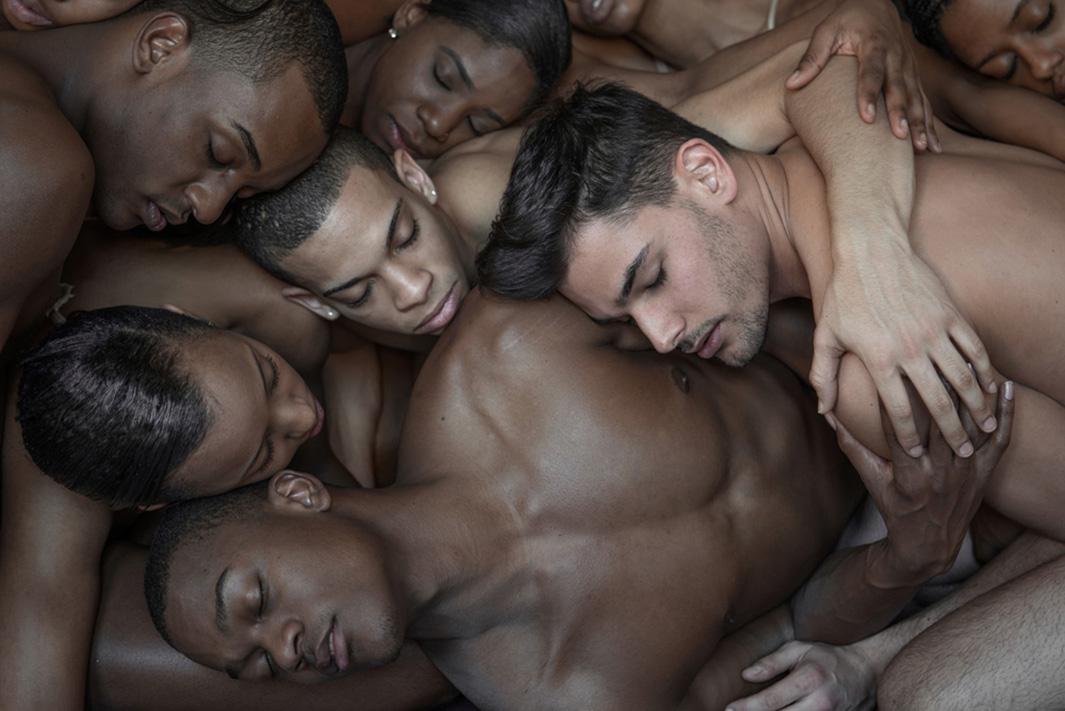
Nir Arieli
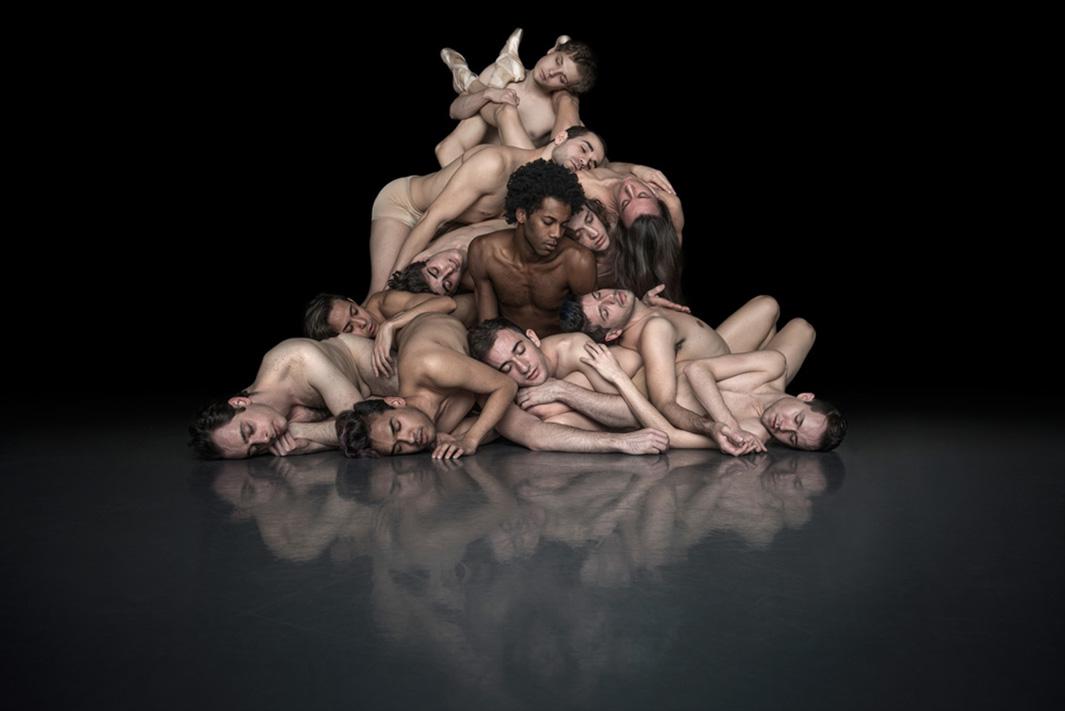
Nir Arieli
